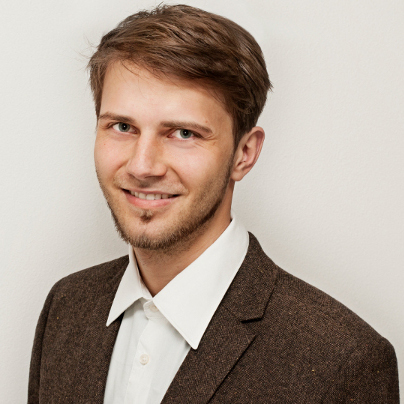Blender® rendering for steady-state Cases
The first training videos published by Tobias during the year 2016
Tobias investigated into advanced scientific data processing by using the open-source software Blender® a few years ago. The two training videos that are given below examines in an OpenFOAM® case using ParaView®, show how to export the data for Blender®, and how one has to set-up Blender® for a more advanced scientific data processing. However, the training video analysis only one scene. If one wants to render one's numerical data to generate videos, the procedure is identical, but here, one has to repeat the process for each single time step. For such cases, it is useful to use Python scripts that handle the data processing automatically. The videos will demonstrate the basic ideas of advanced post-processing and render capabilities in Blender®.
Using scripts and own programs helps to make the advanced post-processing simpler
Advanced post-processing or photorealistic scientific data processing requires knowledge regarding third-party software in use. If one uses Blender®, the below given training videos are intended to give a short introduction with all necessary steps to allow one to investigate into the topic easier. However, the videos are not aimed to guide you through the framework of »Blender®«. There are a lot of useful and high sophisticated training videos available on YouTube which cover that particular topic. Tobias also does not know too much regarding the handling and usage of the sophisticated software Blender®. However, he knows that the software is extremely powerful and hopes to investigate more into it while sharing the outcome here and on YouTube in the future (maybe in the year 2025?). For video rendering purposes, you can find two Python scripts below which will help you to get your correct data processing. Thanks for reading. By the way, did you know that Tobias tries to answer all his requests as soon as possible?

